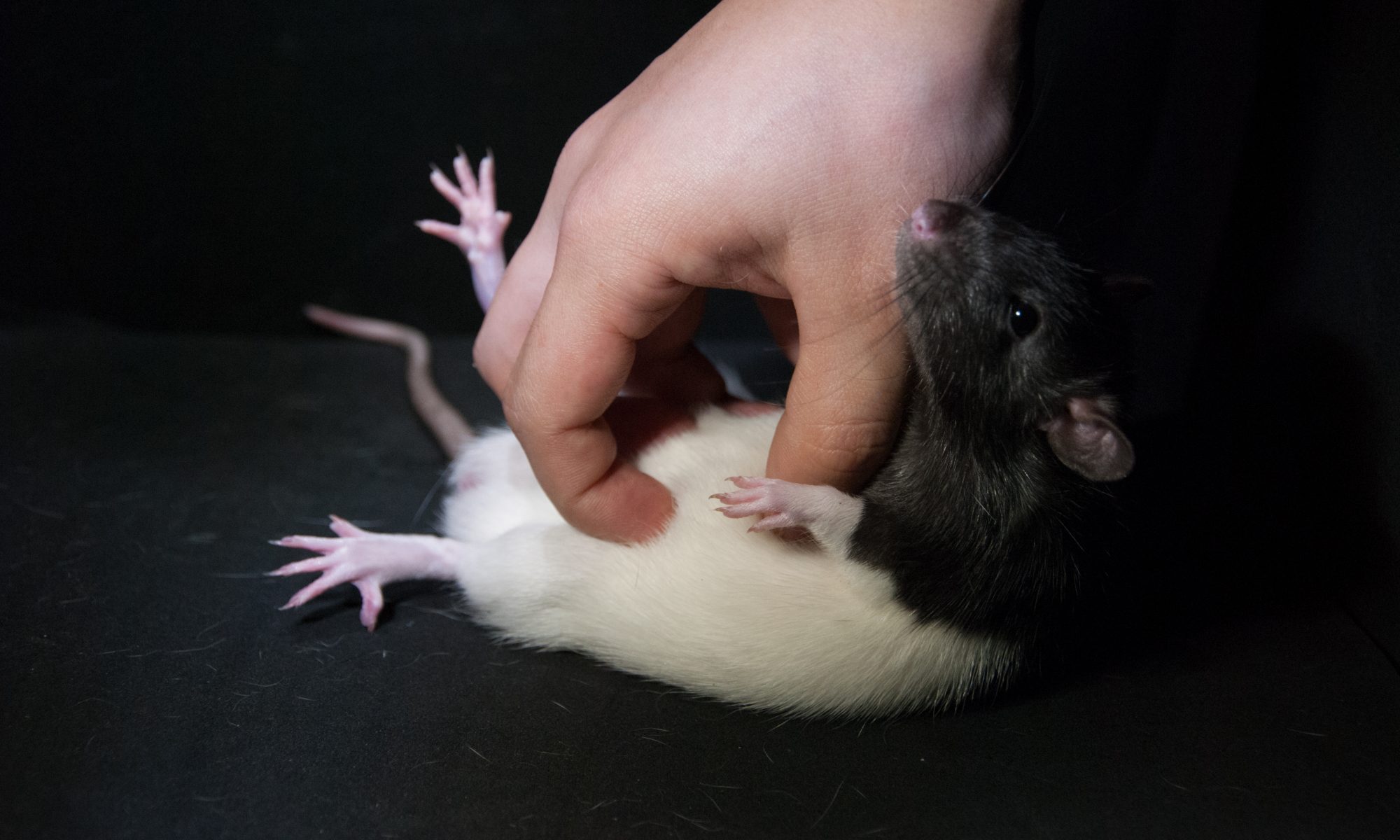The study explores tickling in adult intimacy by surveying 719 individuals who associate tickling with sexual activity: tickle fetishism. The findings challenge traditional perceptions that tickling is just child’s play, and highlight the depth and diversity of sexual expression, urging a broader understanding of human sexuality.
Despite the universal occurrence in human societies, ticklishness remains a notably underrepresented topic in scientific research. Most studies on ticklishness focus on its sensory and playful aspects in children, overlooking broader implications.
In a new study, we investigate tickling’s role in adult sexual context, the first comprehensive study on this topic.
The study surveyed 719 individuals, focusing on those who associate tickling with sexual activity. The research identified varied roles within tickling interactions: ‘ticklers’, ticklees’, and those who enjoy both roles equally. Notably, it was found that ticklees often show more interest in the tickler role compared to ticklers’ willingness to switch roles.
The study highlighted a distinction in tickling methods: gentle feather-like tickling, which is applied uniformly across the body, whereas intense laughter-triggering tickling that focuses on specific areas such as the torso and armpits.
Childhood experiences, especially the frequent mentions of certain cartoons by multiple participants, played a notable role in the development of tickle fetishism later on.
Most people in the study shared that tickling alone can make them feel fulfilled. A quarter of respondents reported experiencing orgasms exclusively from tickling without genital stimulation. A half of the participants decrease tickling desire after orgasm. On the contrary, nearly half of the respondents reported that they can be sexually satisfied without tickling. These findings indicate that while tickling adds to their sexual satisfaction, it is not the only way they can feel content in intimate situations.
“The tickle fetish community has long existed in the shadows, but social media has recently spotlighted their presence, enabling scientists like us to engage with them directly. Our study challenges conventional perceptions by demonstrating that the range of experiences leading to sexual pleasure, including tickling, is far wider than previously acknowledged,” says Shimpei Ishiyama, Junior Research Group Leader of Neurogelotology group at the University Medical Center of the Johannes Gutenberg-University Mainz, Germany, who led the study.
“I also hope this paves the way for future studies to delve into the mechanisms behind how tickling stimuli can lead to sexual pleasure, further expanding our understanding of human connections,” says Shimpei Ishiyama
The research was funded by the VolkswagenStiftung and the University Medical Center of the Johannes Gutenberg-University Mainz.
Original Publication: Dagher S and Ishiyama S (2024) Tickle fetishism: pleasure beyond playfulness. Front. Psychol. 15:1342342. doi: 10.3389/fpsyg.2024.1342342
